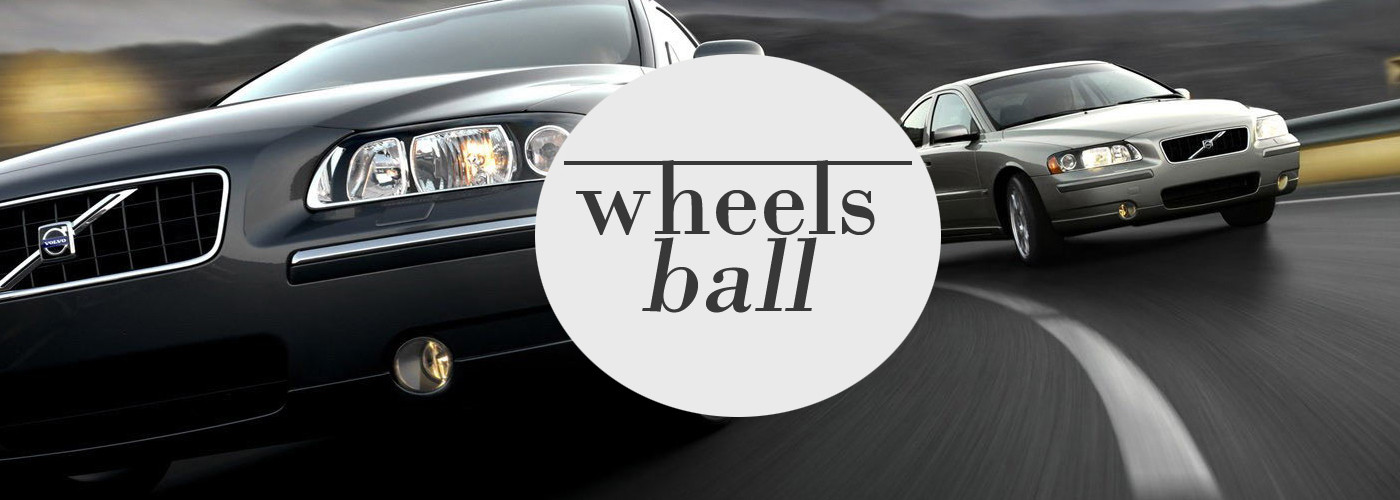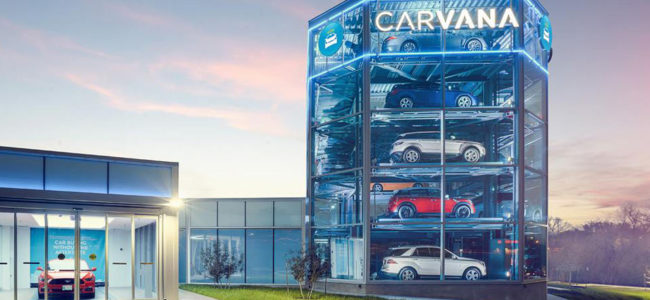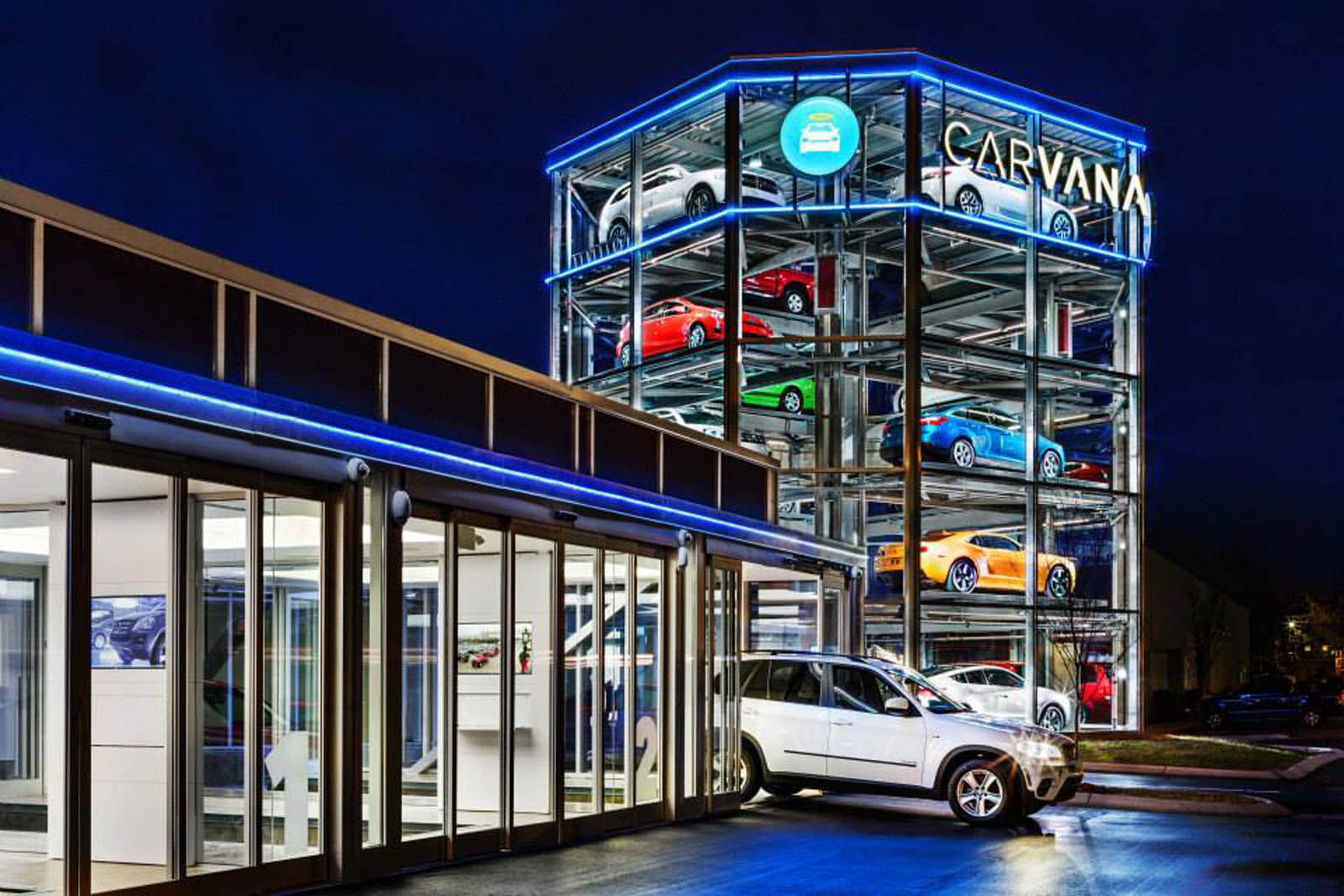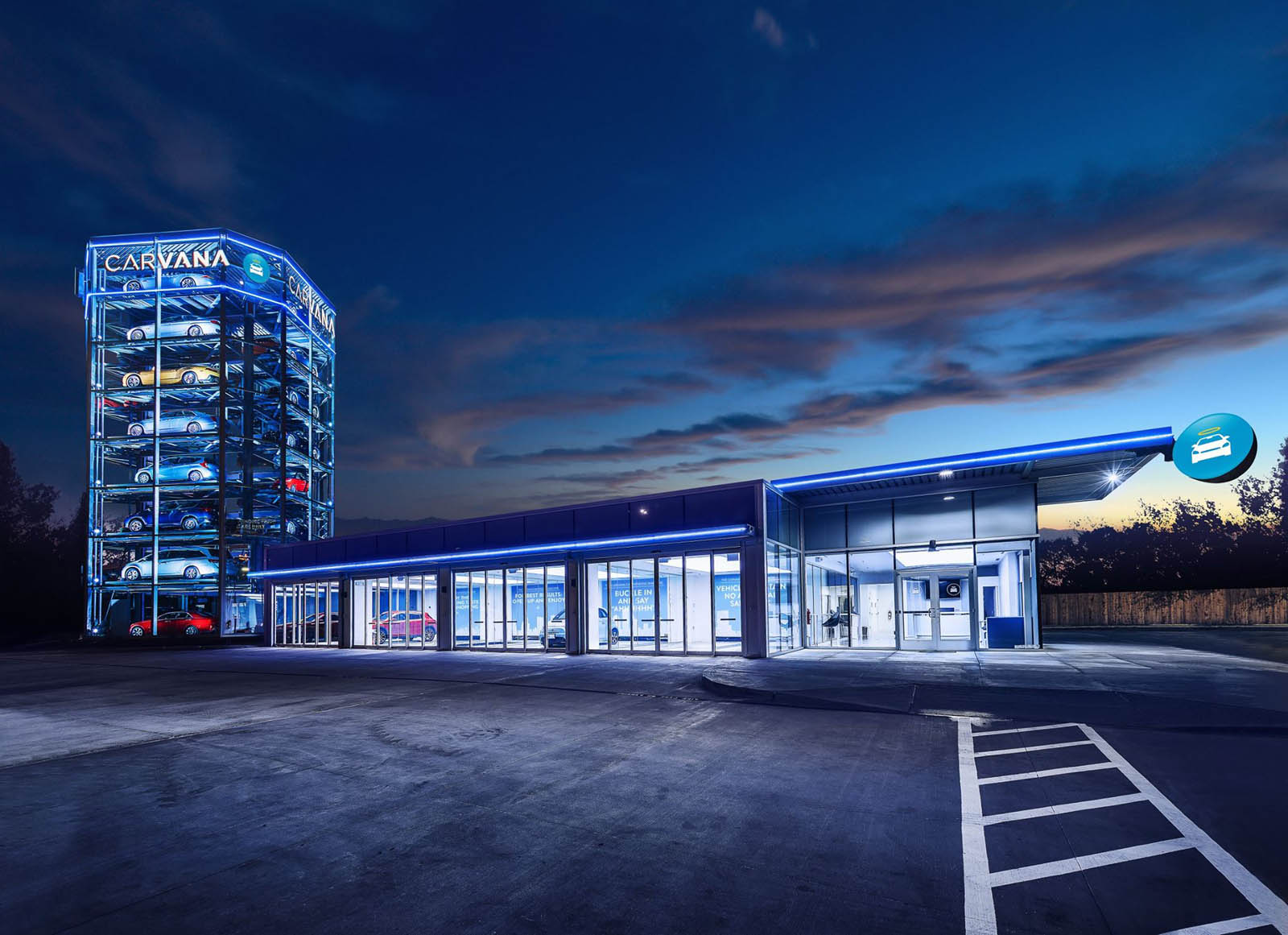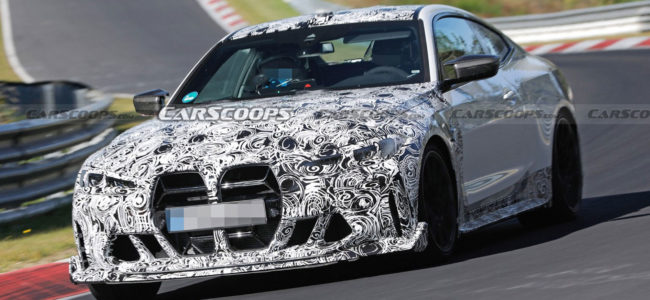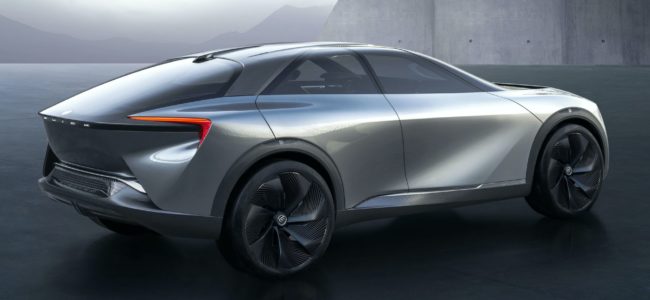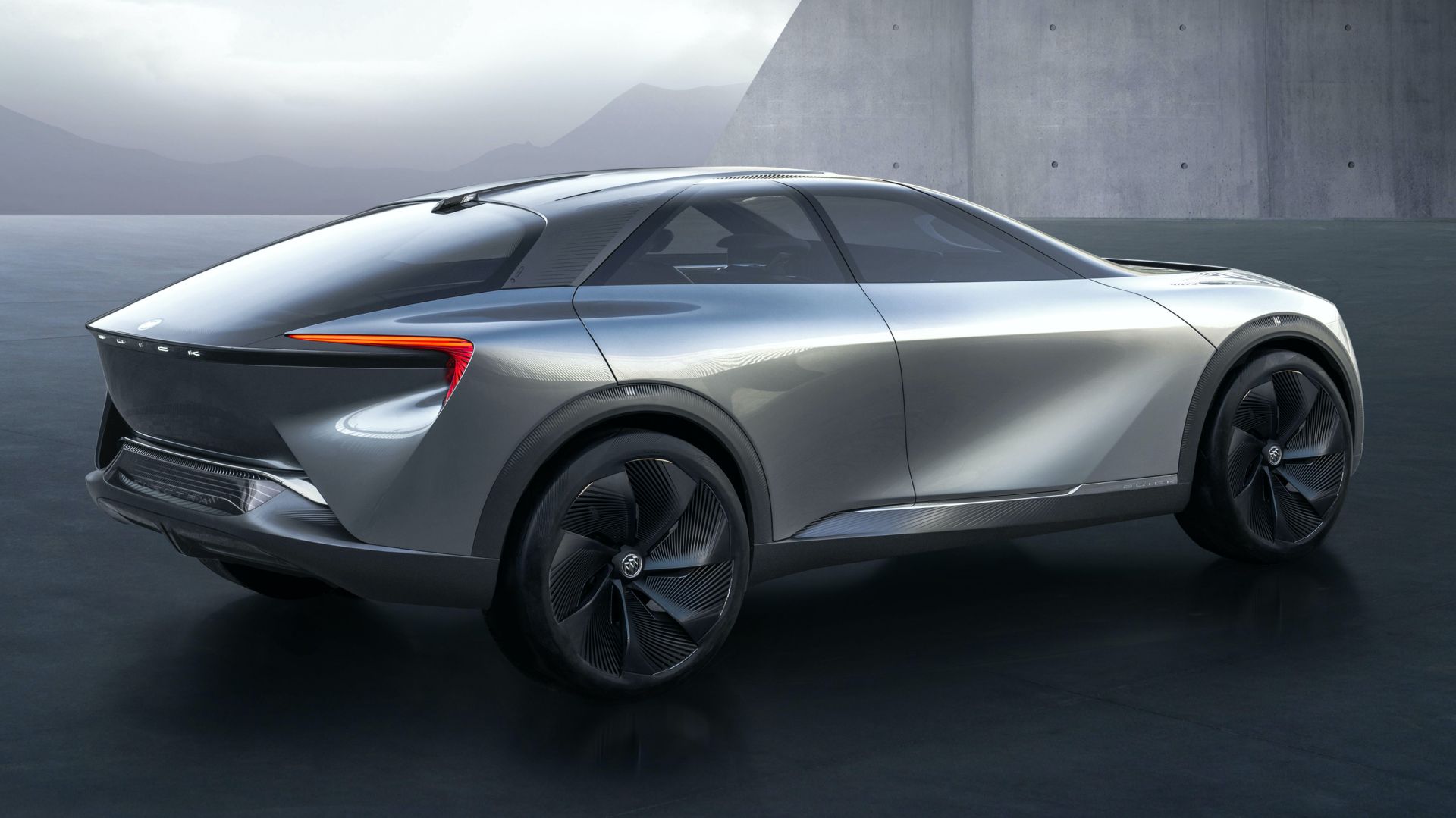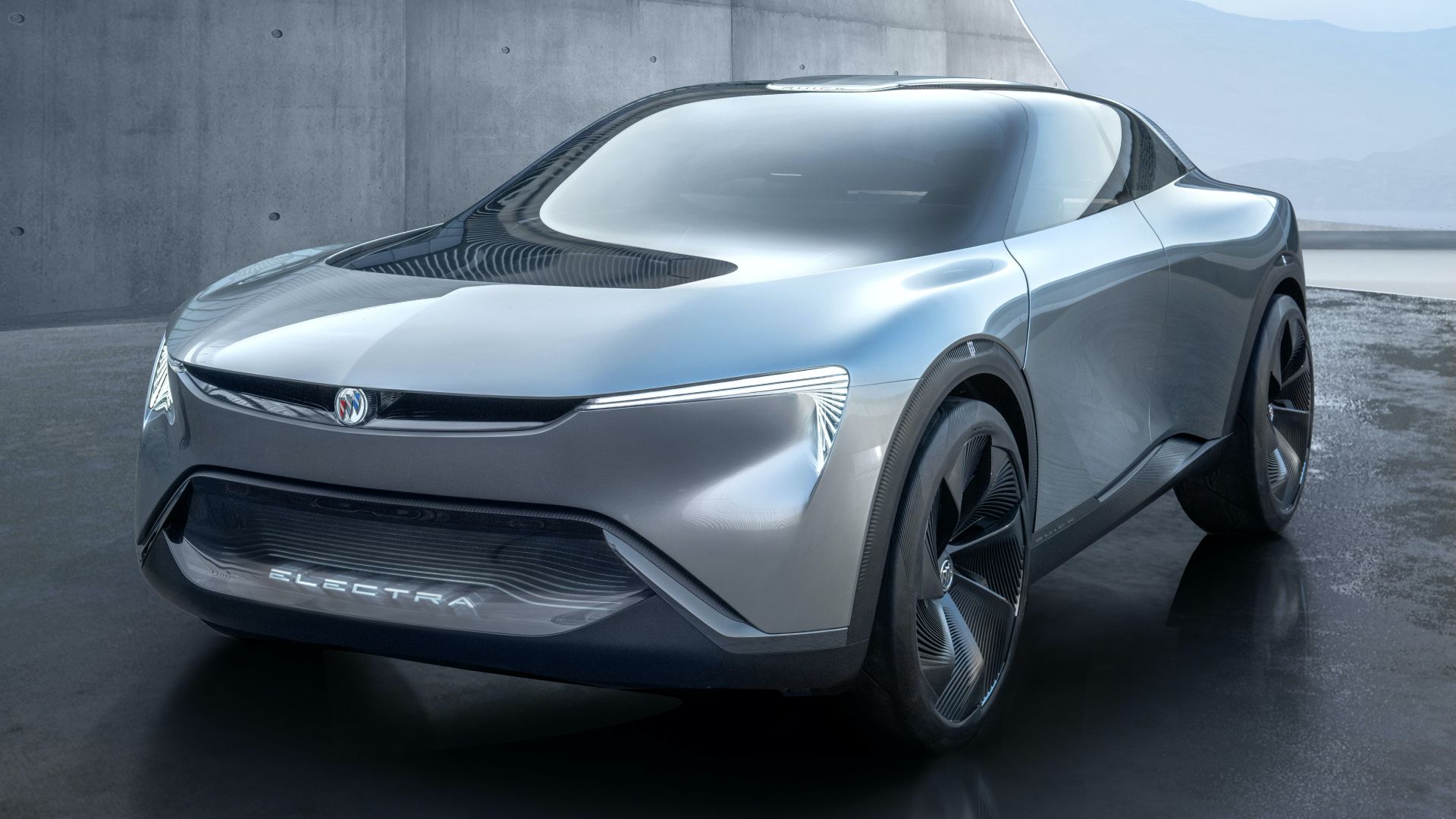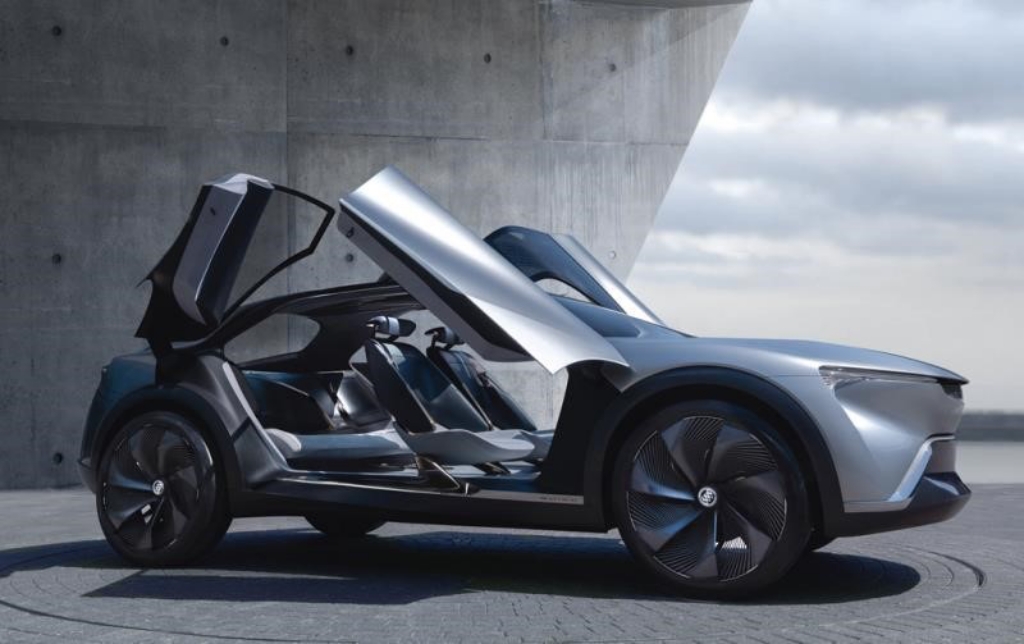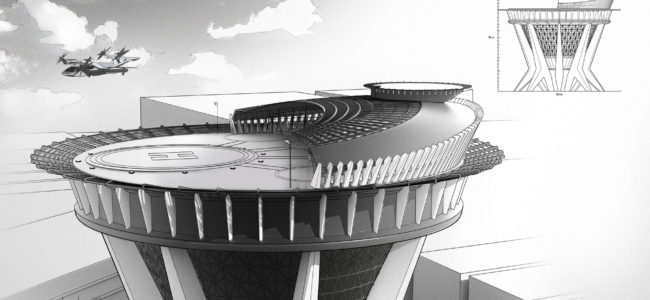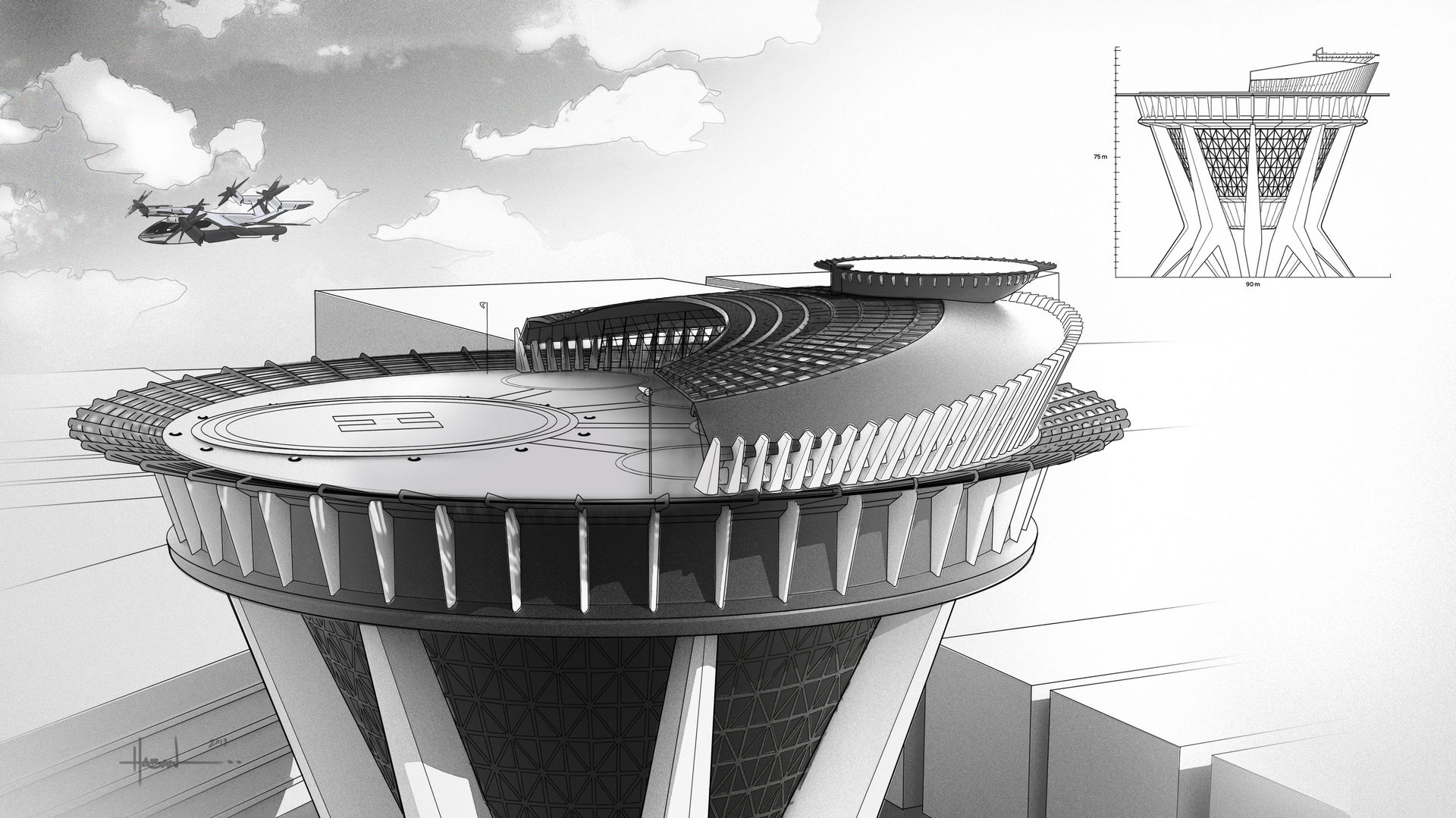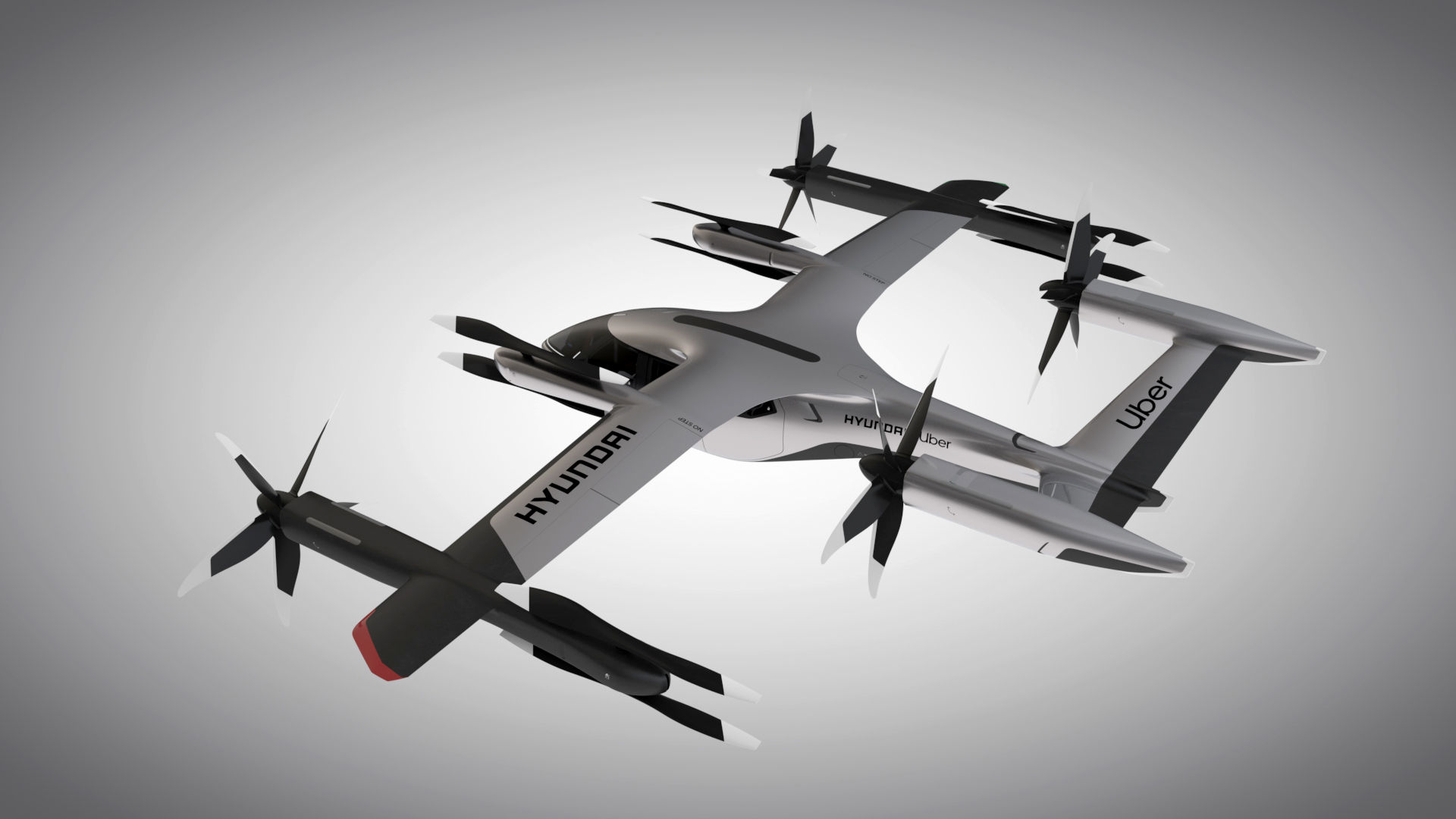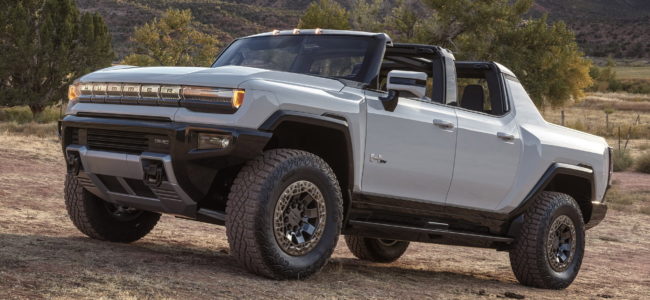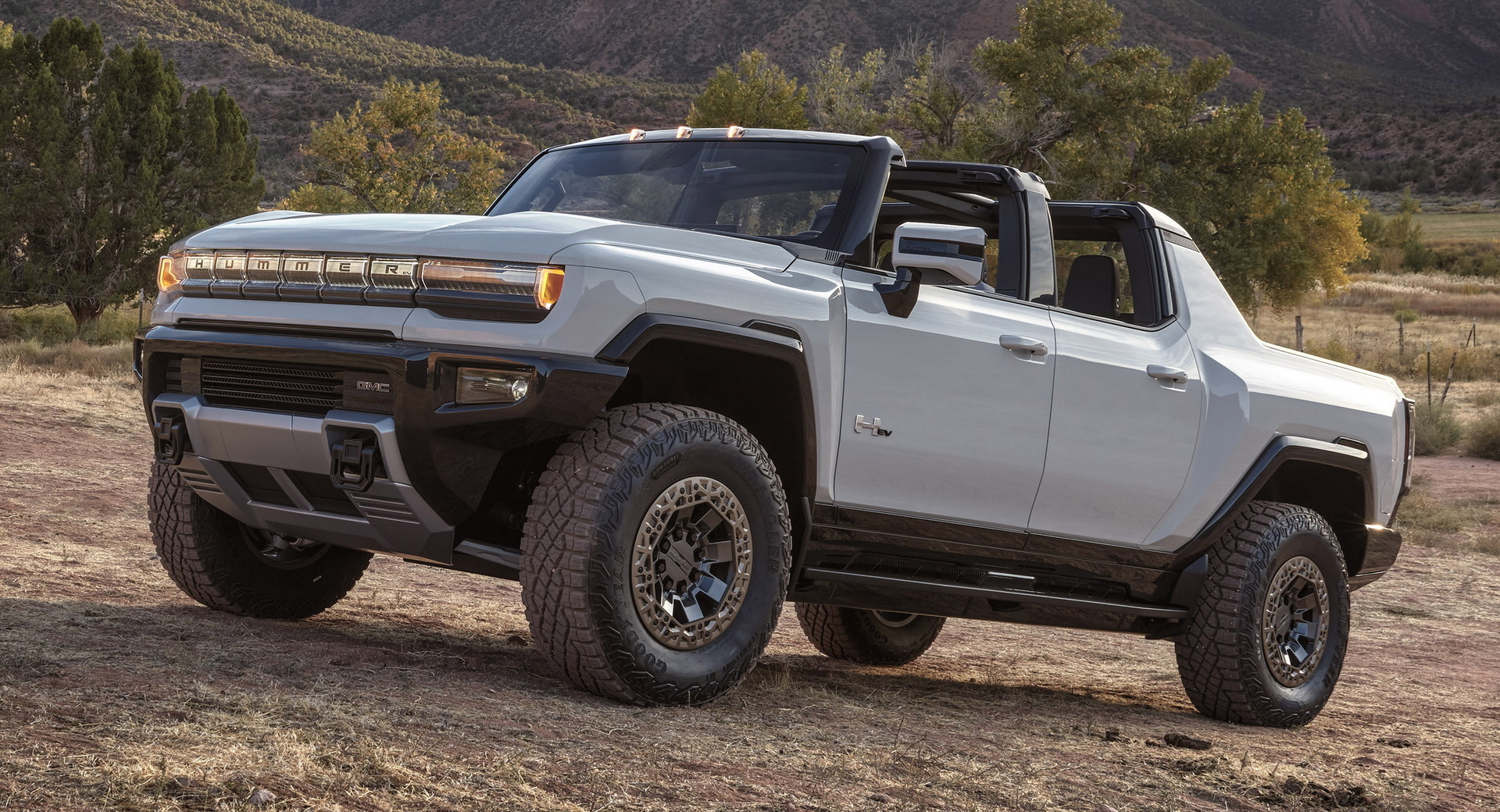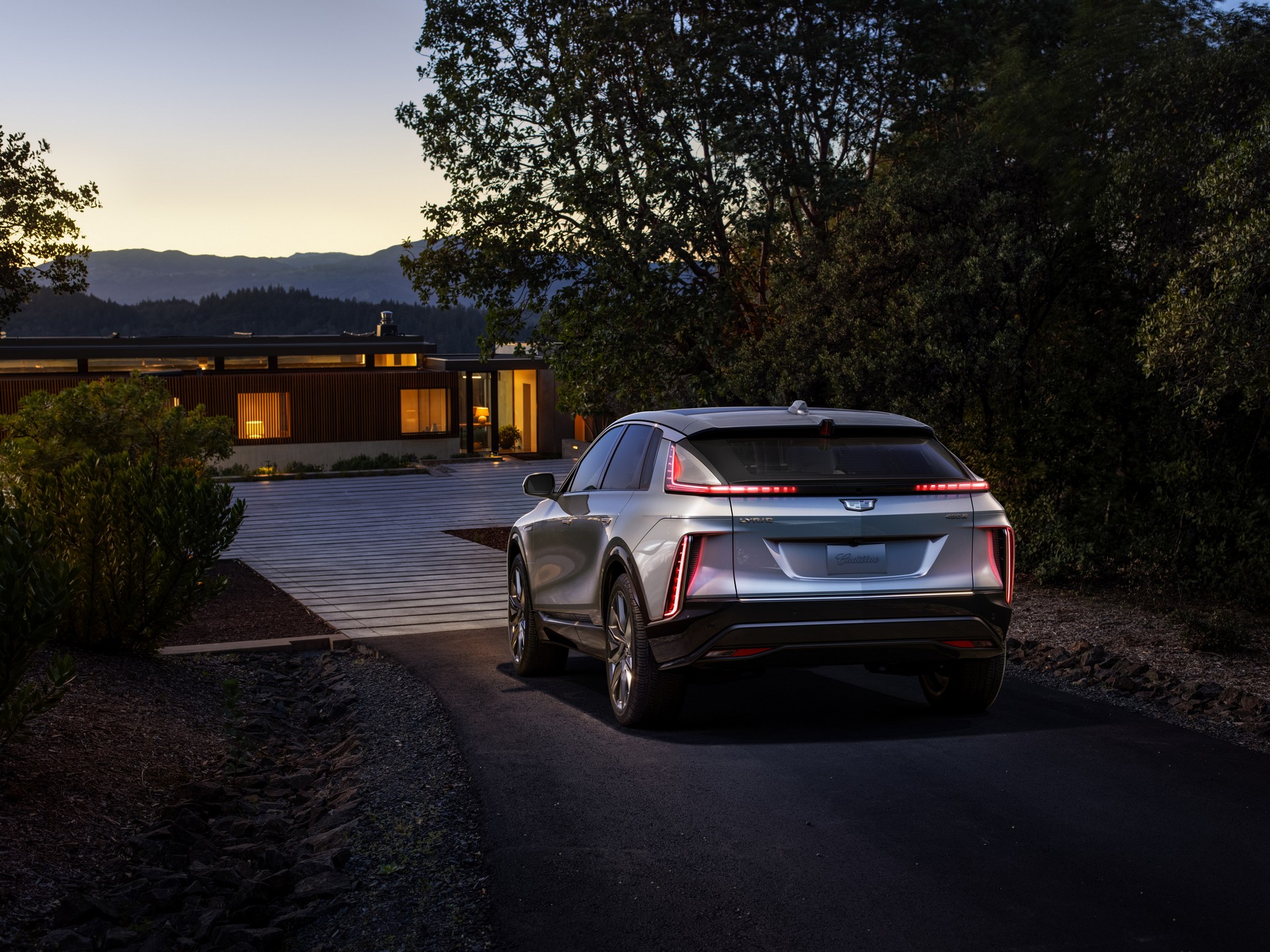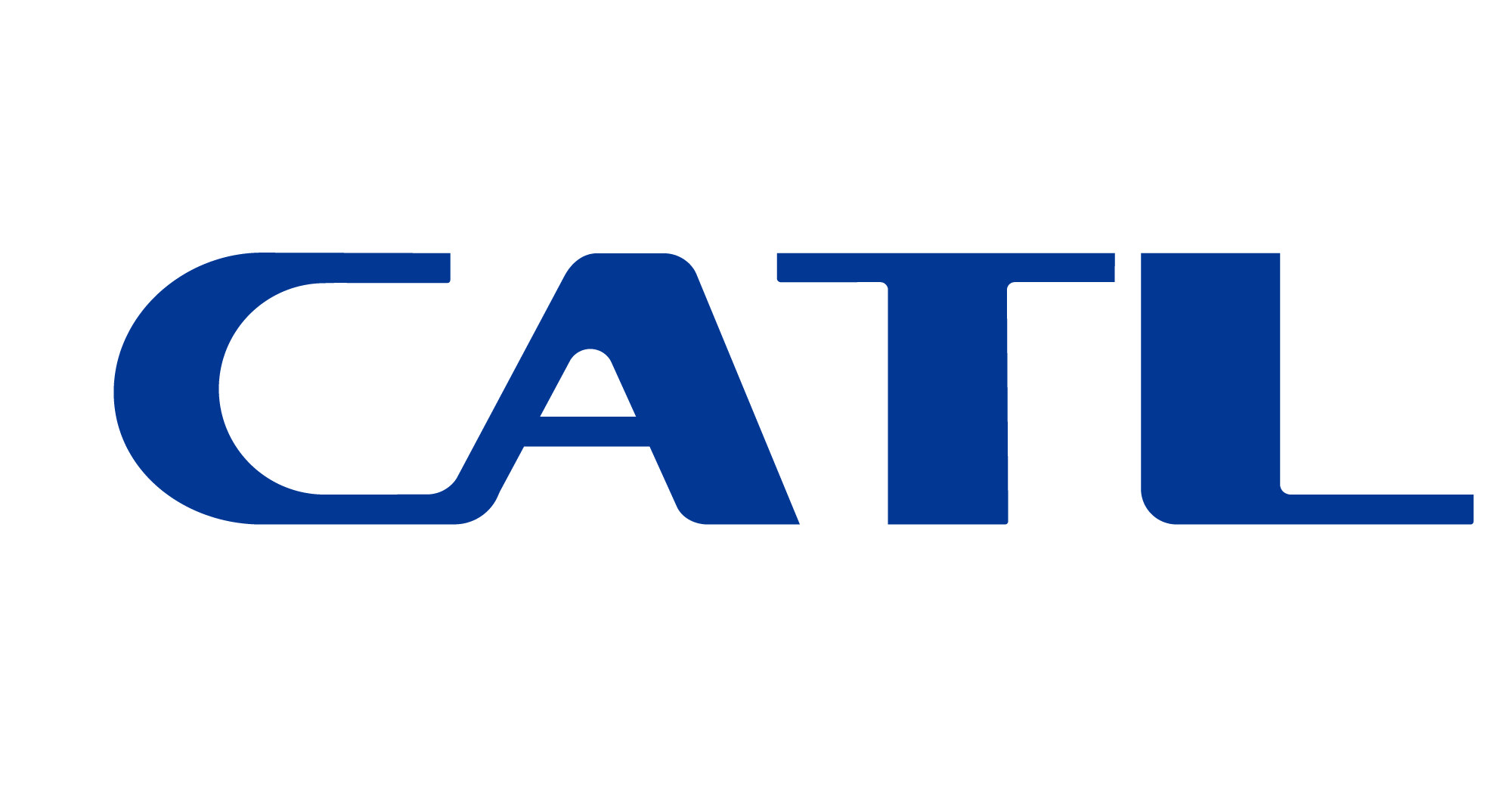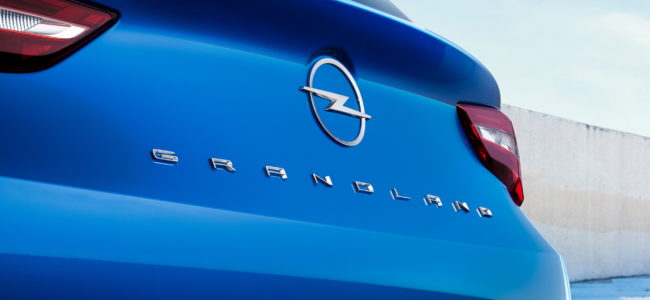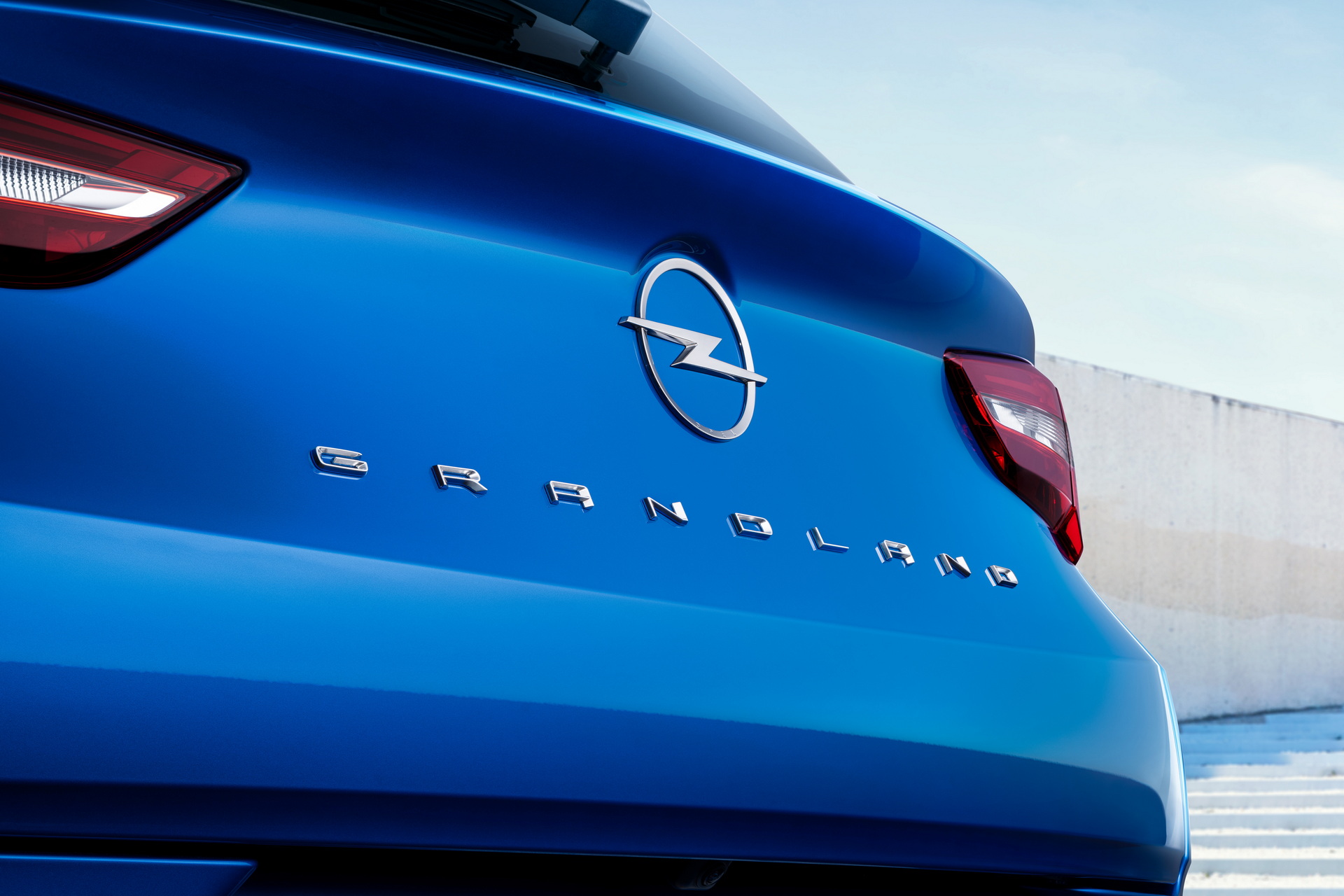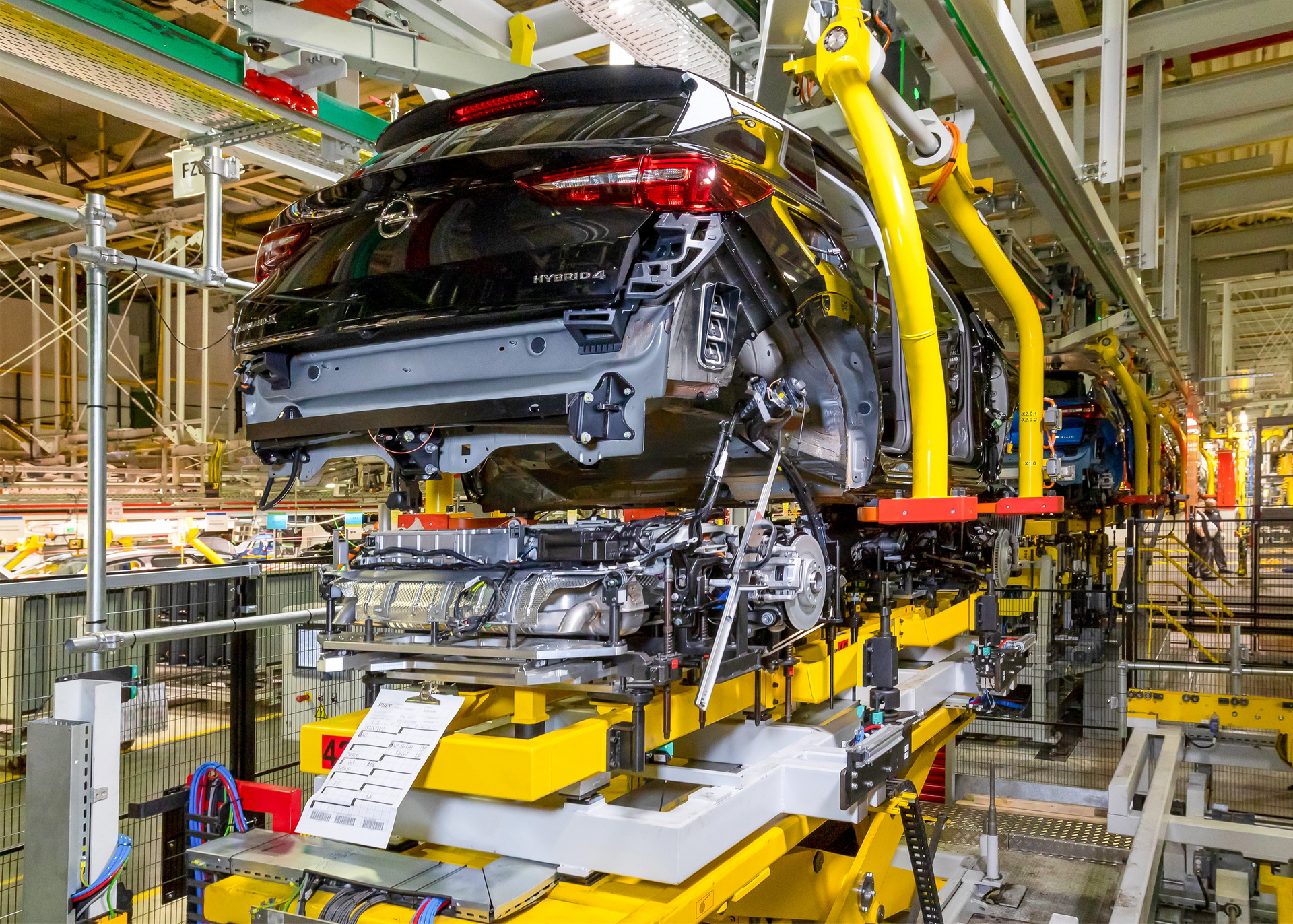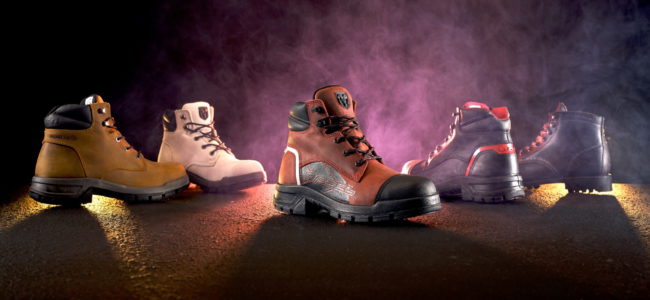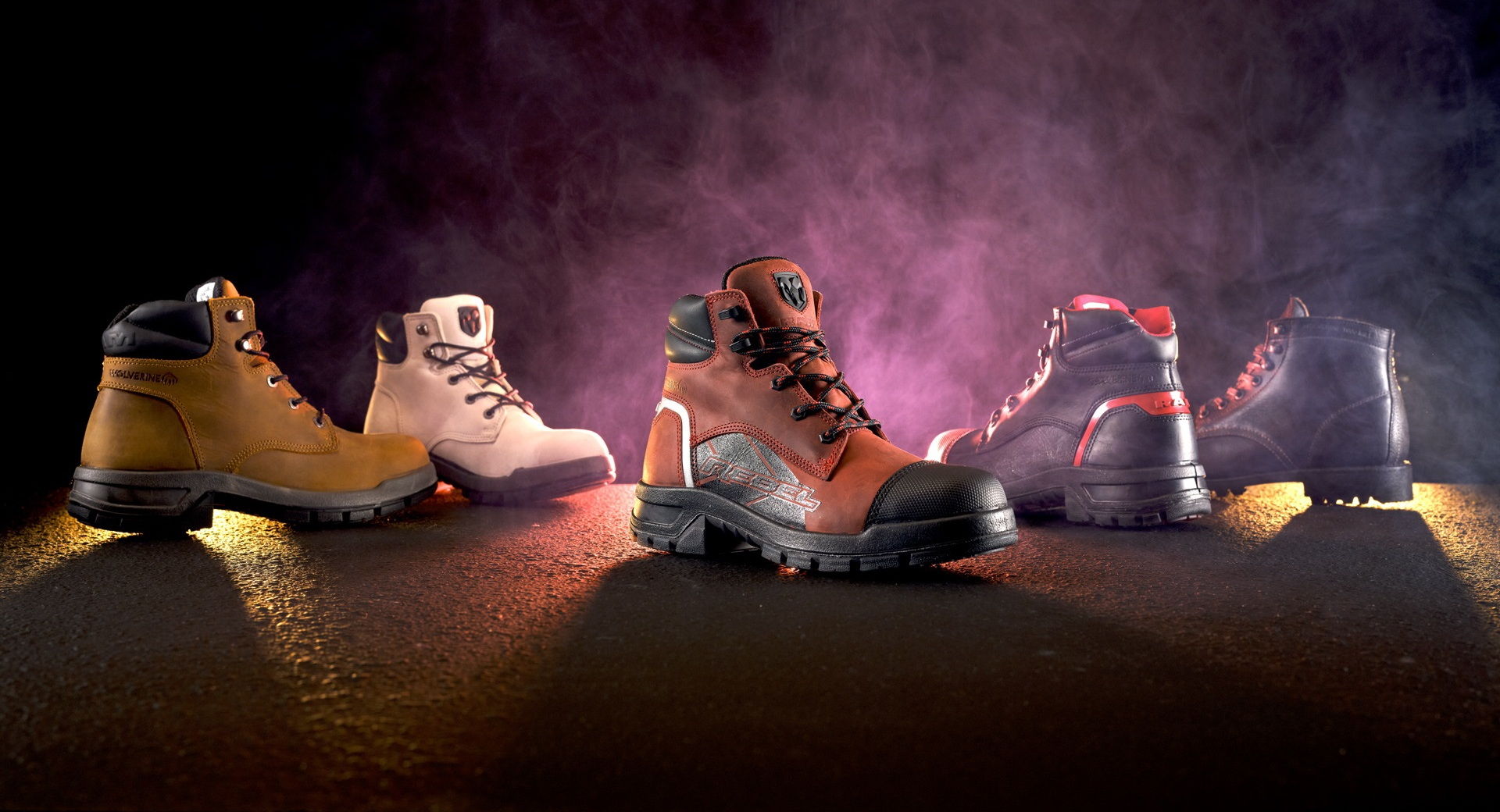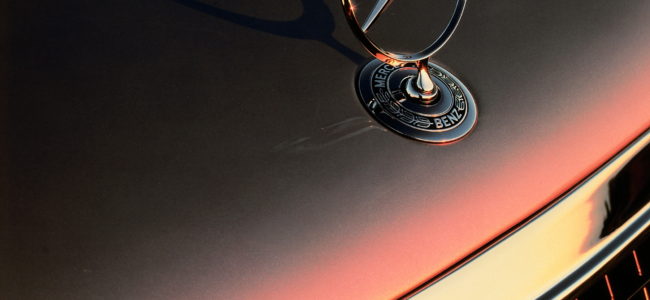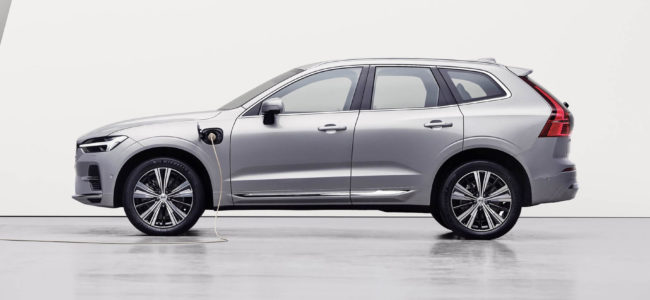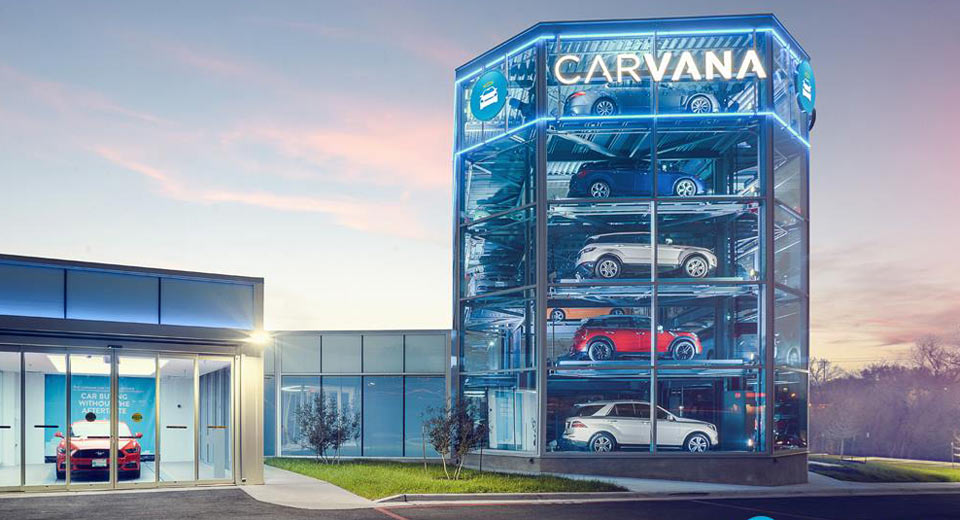
Florida could suspend Carvana’s dealer license after it has failed to transfer the titles of some vehicles sold.
Carvana was reportedly notified of the issues in an email sent by Florida authorities last week. This email is said to have included a spreadsheet that showed 300 Carvana vehicle sales dating back to 2019 that had not had their titles transferred. More than 100 of these vehicle sales occurred in Florida.
Read Also: Carvana Banned From Selling Used Cars In North Carolina Area Until 2022
State law in Florida requires retailers to apply for a title within 30 days of completing a sale. Speaking with Auto News, a spokesperson for the Florida Department of Highway Safety and Motor Vehicles said Carvana has until January 31 to submit title applications for all the vehicles it sold in 2021 before December 1.
“The department has been proactively working with Carvana to identify and assist Florida customers who have not received their title in a timely manner, and in accordance with state law,” the spokesperson added. “Florida law allows for the suspension of the dealer’s license if they fail to apply for a transfer of title in a timely manner.”
This isn’t the first time Carvana has been scrutinized for not delivering titles in time. Earlier this year it settled with Florida regulators and agreed to pay $500 each to 12 customers who had to wait three to eight months to receive titles on vehicles they purchased. In August, Carvana had its dealer license suspended for 180 days in Wake County, North Carolina for not producing titles fast enough, among other issues.
Carvana sold 244,111 vehicles in the U.S. last year, making it the country’s second-largest retailer of used vehicles. A spokeswoman from the company says Carvana has applied for around 23,500 titles in Florida over the past 12 months.
For GREAT deals on a new or used Chevy truck check out Sierra Truck Center TODAY!
